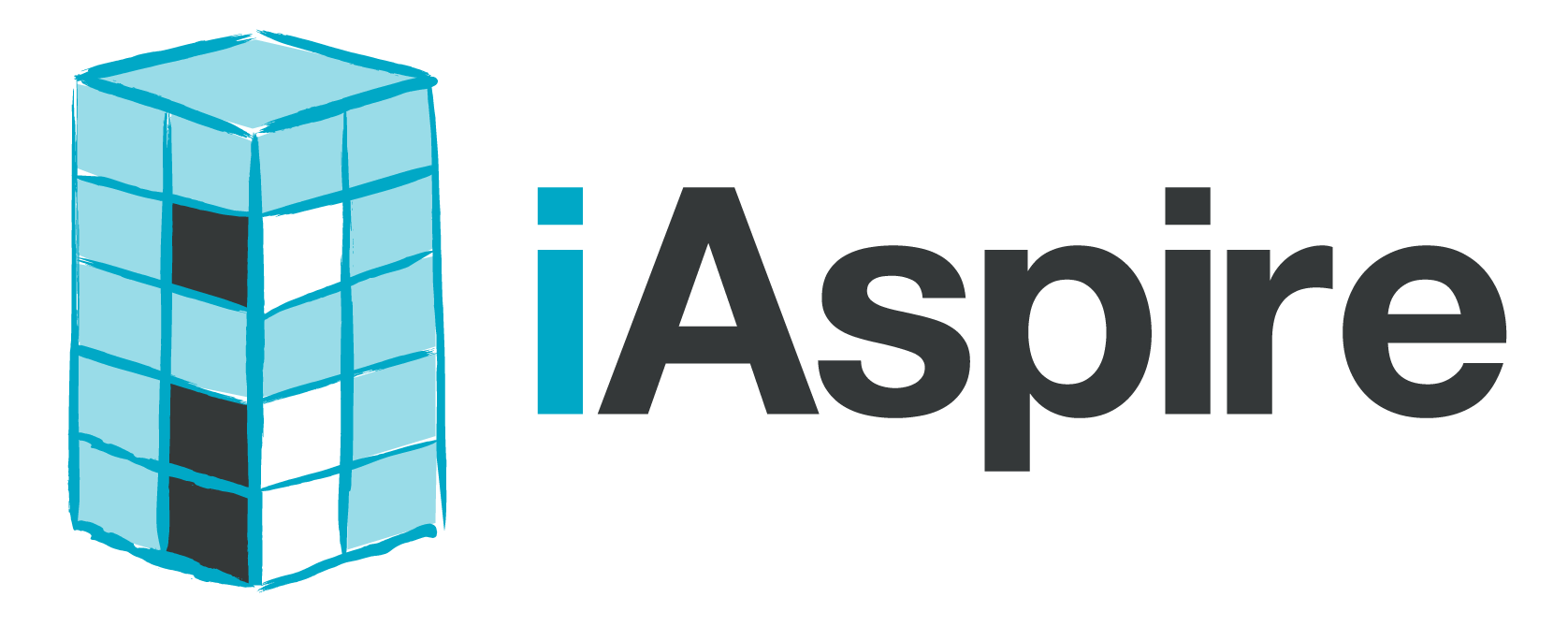Popular Teacher Evaluation Frameworks/Rubrics
There are several different models, frameworks, and rubrics for teacher evaluations. While somewhat similar in nature, they each go about defining and measuring teacher effectiveness in different ways. Below are some of the most popular frameworks and rubrics used:
The Framework for Teaching by The Danielson Group; Charlotte Danielson
“The Framework for Teaching provides a common language for instructional practice, as well as a philosophical approach to understanding and promoting great teaching and learning. It is a vision of instructional excellence, a roadmap for pursuing it, and a set of discrete practices that describe it.”
Focused Teacher Evaluation Model, by the Marzano Center; Robert Marzano
“The Marzano model includes 23 essential teacher competencies with each including a focus statement and desired effect, sample instructional techniques, and strategies for evaluations student work.”
CUES Framework, by McRel
“The CUES framework strengthens teaching and learning by emphasizing the knowledge, skills, and abilities teachers need to make a positive difference in student achievement.”
Stronge Effectiveness Performance Evaluation System, by Stronge and Associates
“The Stronge Teacher and Leader Effectiveness Performance Evaluation System is a comprehensive, uniform evaluation system that consists of teacher, educational specialist, and leader components. Each of the aforementioned educators is evaluated against six research-based professional standards.”
5 Dimensions of Teaching and Learning, Center for Education Leadership, University of Washington College of Education
“We realize how critical it is to provide leaders and teachers with the skills necessary to support excellent classroom practice and we also know that this work needs to be thoughtful, intentional, and focused. That’s the intent of our research-based instructional framework, the 5 Dimensions of Teaching and Learning™ (5D), composed of the core elements that constitute high-quality teaching.”
Many states also have their own teacher evaluation frameworks and rubrics that are based on one of the models above.
If you are trying to decide what your teacher evaluation framework should be, keep in mind the following questions to help guide in your decision making:
Are there specific guidance documents provided by my state, district, or organization? If so, be sure to use these as a beginning point!
What does success look like to me? First define your expectations and then choose/create/customize a framework or rubric that matches your unique needs.
How can you provide explicit examples of what good instruction looks and sounds like? Does your framework/rubric help the teacher (and observer) understand what the next highest level of performance looks and sounds like? For those rated at the highest level on individual indicators or as a whole, what is next for this teacher’s growth?
How can your teachers champion your system? Nobody likes a top-down approach, so how might you be able to excite, motivate, and engage your staff?
What is your ideal process? Should teachers complete self reflections? Will you use walkthroughs in addition to rubrics? What role do people like department heads, grade-level chairs, play (if any). How many observations will you complete? How will your teacher evaluation rubric/framework help you achieve your ideal process?
